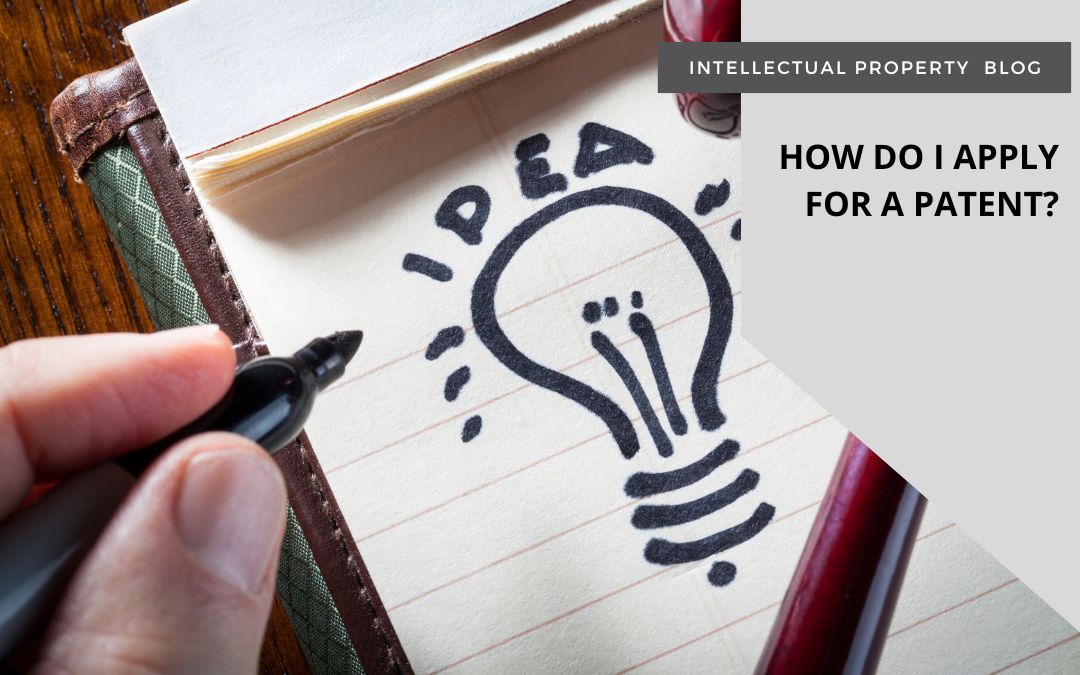The process of applying for and being granted a patent is governed by the United States Patent and Trademark Office (USPTO). The initial steps outlined by the USPTO state that the applicant must first conduct research to determine if their invention qualifies for a patent or if they need a different type of IP protection such as copyright or trademark.
Patent search
Next, the applicant must conduct a patent search to determine if the invention has already been publicly shared. The www.uspto.gov website recommends that anyone not familiar with conducting patent searches consult with a registered attorney or agent.
Application
Finally, the applicant must submit the proper type of application for their patent type. Utility and plant patent applications can be provisional, which is less expensive, quicker, and serves to establish a filing date. It must be converted to a non-provisional application within twelve months. Only non-provisional applications are examined for approval.
Application process
It is important to note that the application process is detailed and has specific requirements, including exact dimensions for the margins of any word documents submitted. Each type of patent also has unique requirements. For example, a utility patent must include a detailed description of how to build the patented product.
This means that if an inventor is seeking to patent a new type of shoe, the application for the patent must describe how to fabricate the shoe in a manner that would be understood by individuals skilled in shoemaking. In exchange for sharing the invention with the world, the inventor receives the right to exclude others from “making, using, offering for sale, selling or importing the invention.”
A design application must include a full description, a diagram, and up to five other criteria depending on the use of the design. A plant patent requires submission of the Latin name of the genus and species of the plant claimed, variety denomination, and background of the invention, plus a long list of other criteria. Plant patents are complex and legal representation is strongly suggested. If an applicant chooses not to work with an attorney, they are required to engage a patent practitioner to manage their application.
All applications include filing, search, and examination fees, which can start at $100 for small entities and increase based on entity and type of application. This does not include attorney or patent agent fees. The process for patent approval averages a little over two years. Any errors in a patent application can result in delays or denials, adding more time and work.


